UK PMI Manufacturing dropped to 47.4 in December, down from 48.9, missed expectation of 49.4. That’s also the lowest level in 4 months. PMI Services dropped to 49.0, down from 49.3, missed expectation of 49.6. That’s the lowest level in 9 months. PMI Composite dropped to 48.5, down from 49.3, lowest in 41 months.
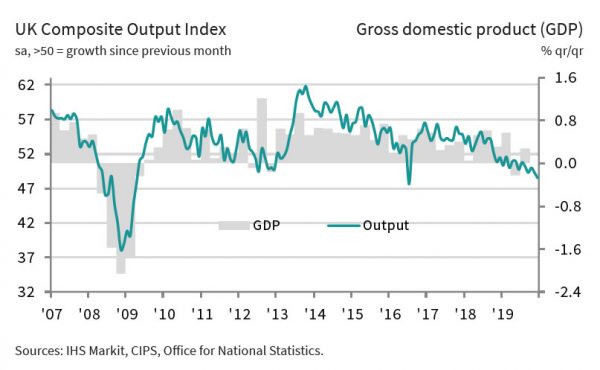
Commenting on the latest survey results, Chris Williamson, Chief Business Economist at IHS Markit, said:
“December’s PMI survey data sadly lacked festive cheer, indicating that the economy contracted for the third time in the past four months. The latest decline was the second largest recorded over the past decade, and increases the likelihood that the economy contracted slightly in the fourth quarter as Brexit-related uncertainty intensified in the lead up to the general election.
“New orders fell for a fifth straight month, causing jobs to be cut for a fourth successive month as firms scaled back operating capacity in line with weakened demand.
“The principal drag on order books was falling export sales, with overseas demand for UK-produced goods and services slumping in the past two months to an extent not seen since at least 2014.
“Manufacturing production is falling at a rate exceeded only once since the height of the global financial crisis in early- 2009, but output of the vast service sector has now also fallen in each of the past two months, representing the first back-to-back declines since 2009.
“Any positive aspects of the survey came largely from the sentiment indicators, with future expectations rising to the highest since June as firms hope that the election will bring clarity on the outlook and remove some of the uncertainty that has been holding back demand.”
Full release here.




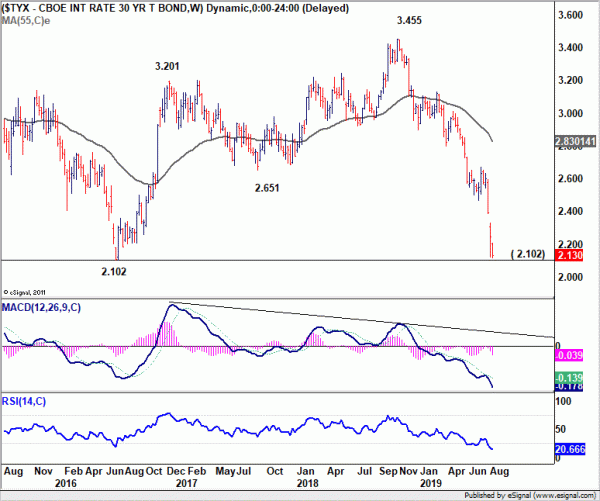
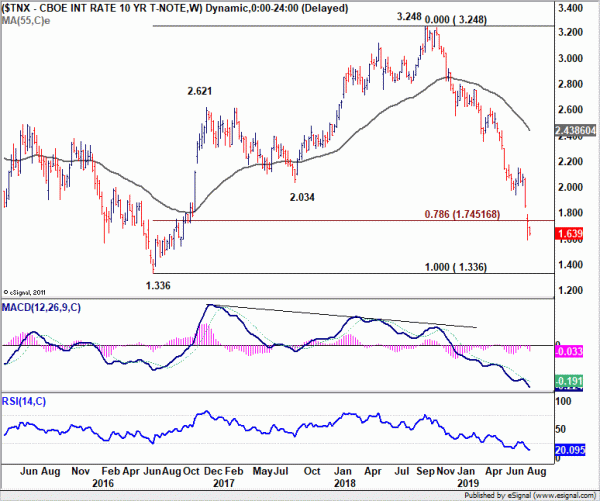
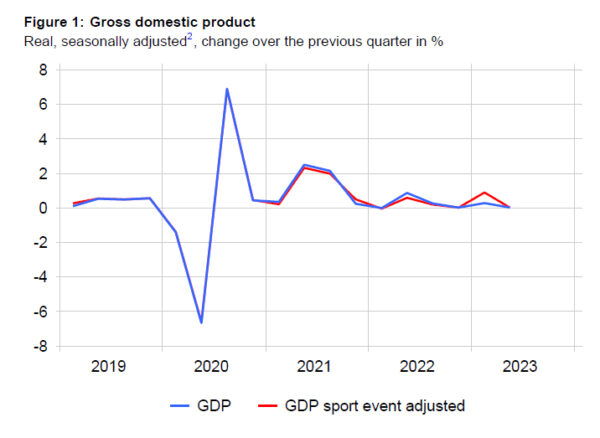
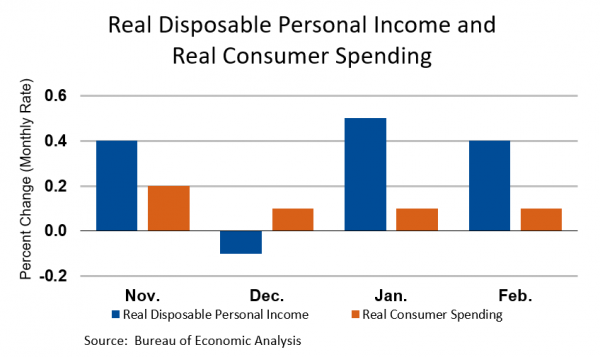
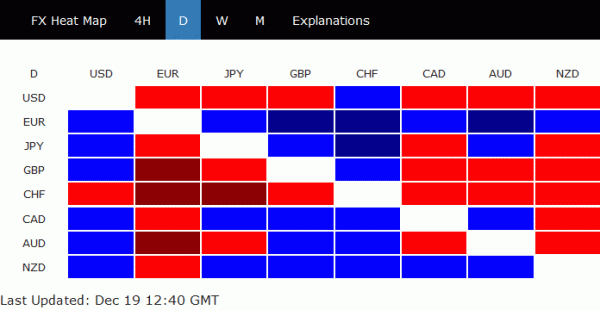
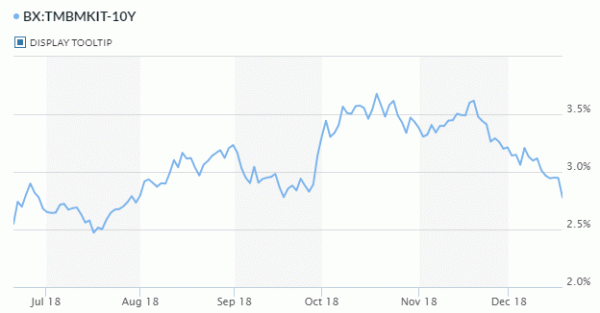
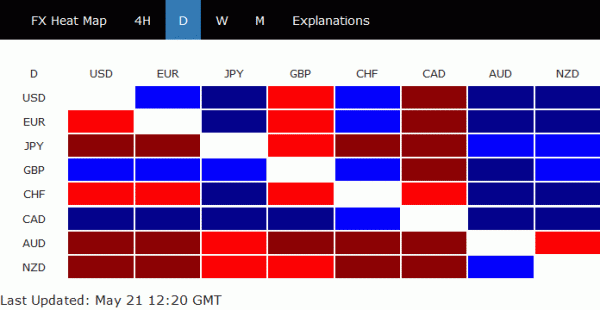
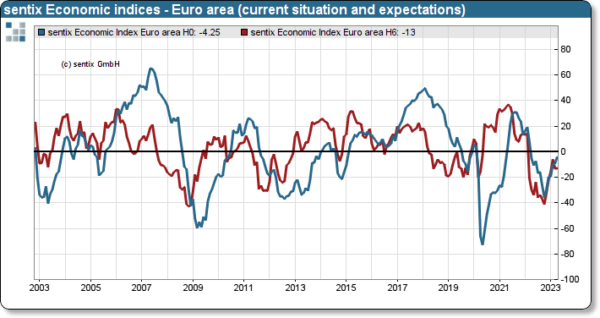
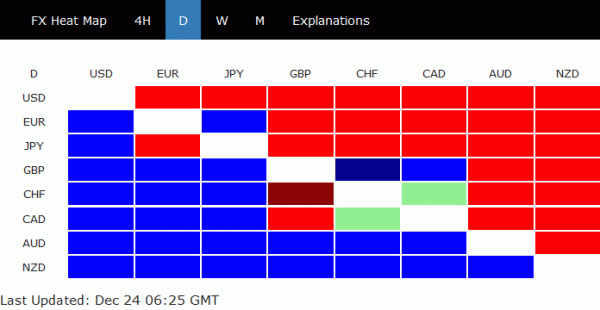
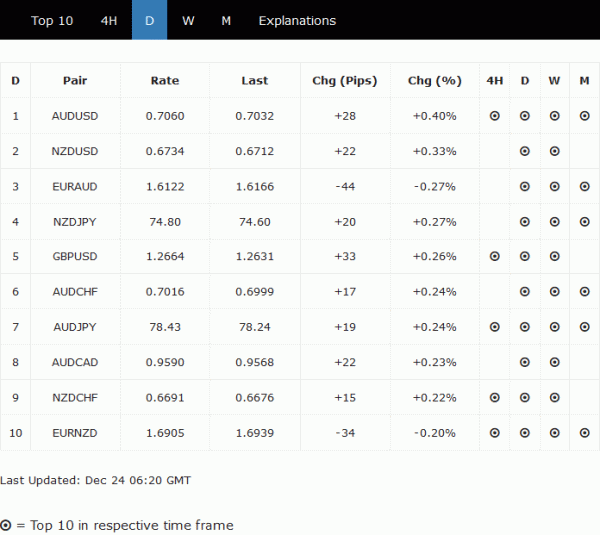


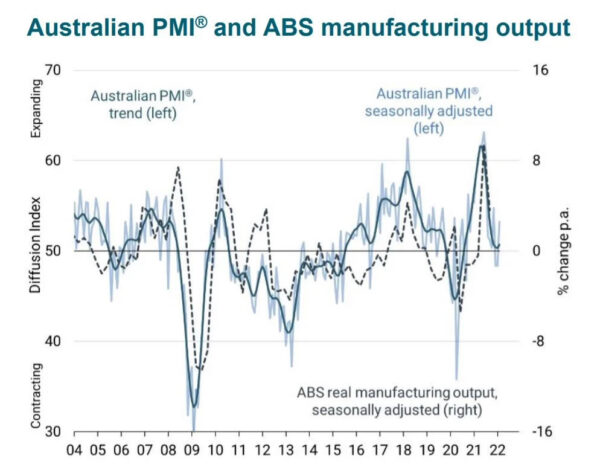

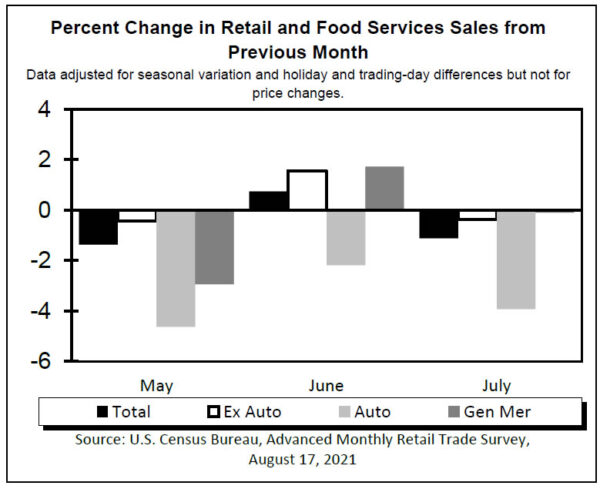
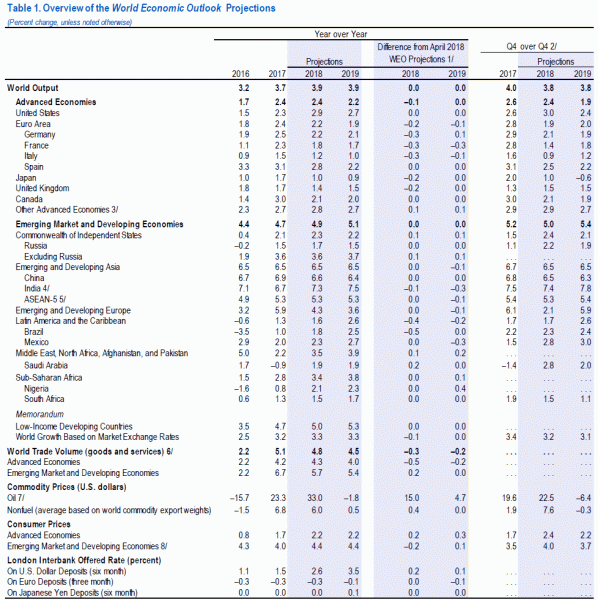
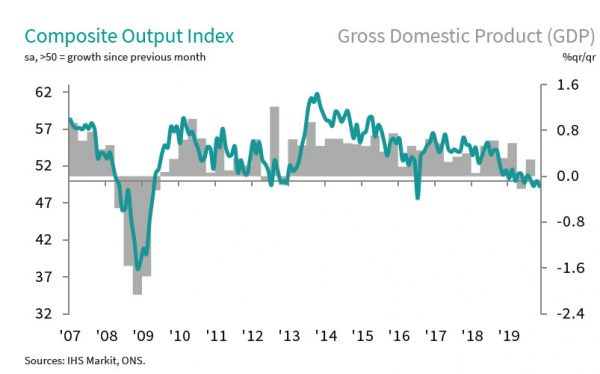
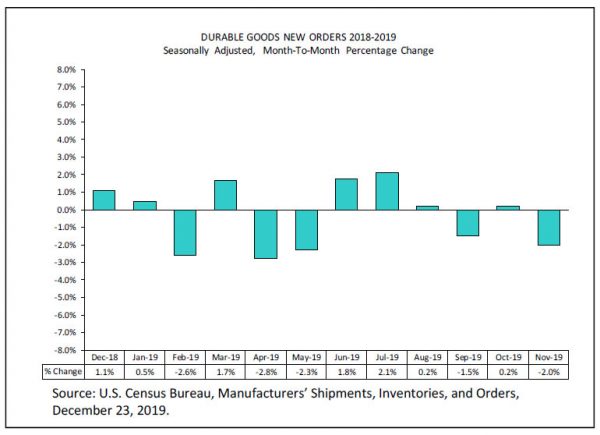
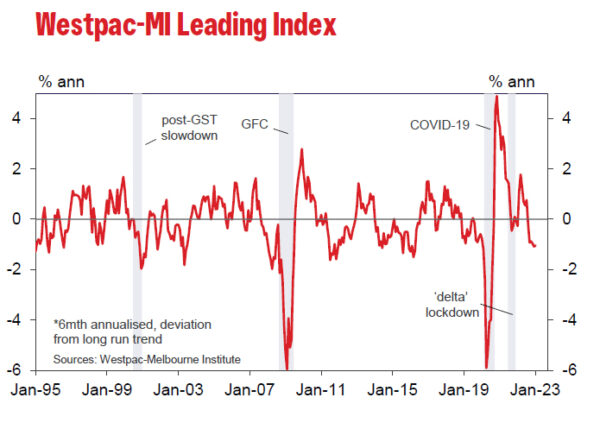

Eurozone PMI manufacturing finalized at 62.5 in Mar, improvement broad based across the region
Eurozone PMI Manufacturing was finalized at 62.5 in March, up from February’s 57.9. Manufacturing economy “performed extremely strongly”, with “operating conditions improving to the greatest degree in nearly 24 years of data collection.”
Looking at some member states, Germany PMI manufacturing rose to 66.6, a record high. The Netherlands rose to 64.7, record high. Australia rose to 63.4, 39-month high. Italy rose to 59.8, 252-month high. France rose to 59.3, 246-month high. Ireland rose to 57.1, 8-month high. Spain rose to 56.9, 171-month high. Even Greece rose to 51.8, 13-month high.
Chris Williamson, Chief Business Economist at IHS Markit said: “Although centred on Germany… the improving trend is broad based across the region as factories benefit from rising domestic demand and resurgent export growth…. Driving the upturn has been a marked improvement in business confidence in recent months, with expectations of growth in the year ahead running at record highs in February and March.”
Full release here.